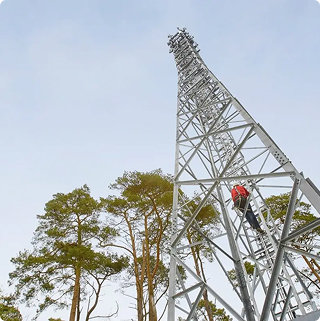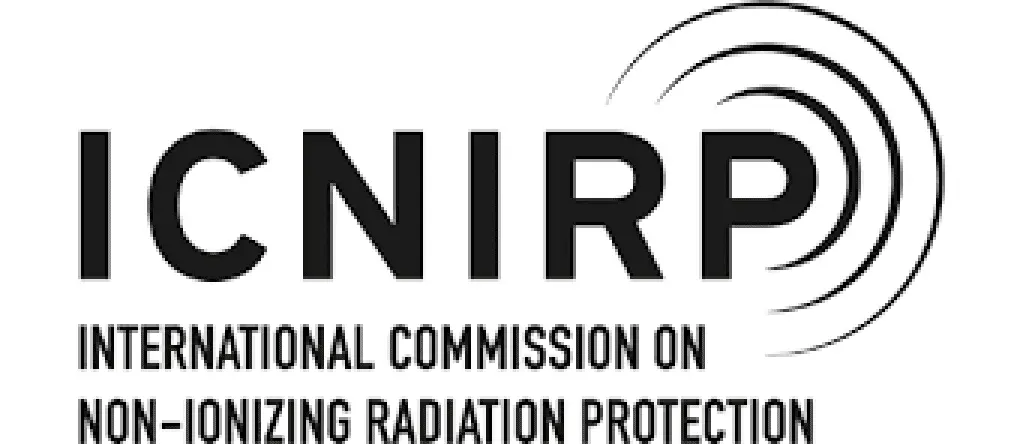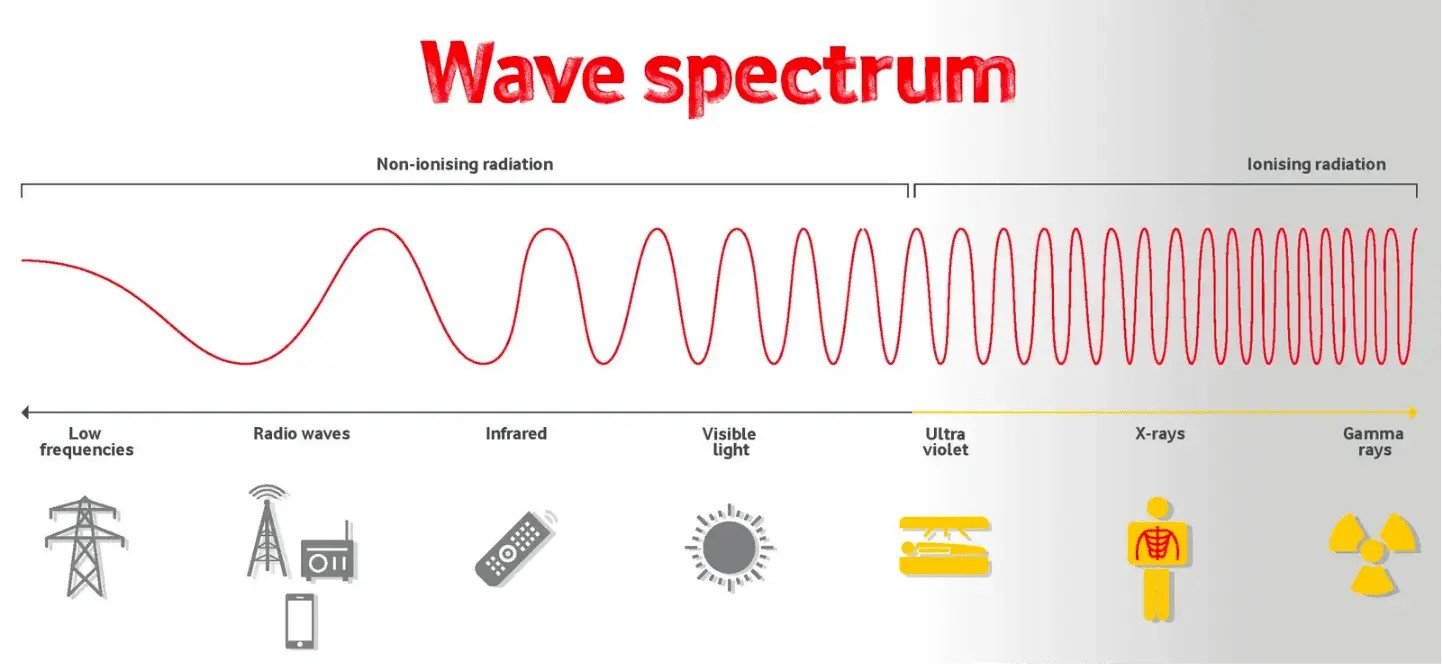
We follow the scientific evidence
We follow current scientific evidence to ensure our services and products meet safety limits and comply with standards and laws. We monitor peer-reviewed research and update our Group Electromagnetic Fields (EMF) leadership team when evidence changes. Our quarterly-meeting EMF team monitors all policies and practices.
How your phone works
Conversion
Your mobile device converts voice and data messages into radio waves, part of the electromagnetic wave spectrum.
Transmission
The radio waves are transmitted as electrical signals through a network of base stations.
Receiving
Each station has a cabinet and antennas to send and receive communications. Antennas are usually fixed to a mast or tower – which is just a support structure.
Relay
Base stations relay your signal through cables – or a microwave connection – to a core switching centre, where it’s routed to its destination using the same technology.


What happens in your phone?
Find out what happens when you make a call or send a message from your mobile phone. And how the technology works, from mast to device.
Key topics
We are absolutely committed to ensuring the health and safety of our employees, customers and the communities in which we operate. Our vision is to lead within the industry in responding to public concerns about mobiles, masts and health by demonstrating leading-edge practices and encouraging others to follow. We have defined governance and policies to deliver on this commitment.
Is 5G safe to use?
Yes. Just like any mobile technology, or others such as TVs, WiFi routers, hairdryers, radios or microwave ovens, 5G is covered by national and international exposure guidelines and regulations. There has been scientific research on mobile frequencies for decades, including those used by 5G. Providing exposure is within the guidelines, and the consensus is there’s no adverse impact on health.
Vodafone’s masts fully comply with national guidelines, and we continually monitor to ensure we meet all regulations. In addition, all the phones we sell are rigorously tested to ensure they comply with international safety guidelines.
International reports
The reports produced by a range of global or regional institutions are shown in reverse chronology, with the latest publication shown first.





































